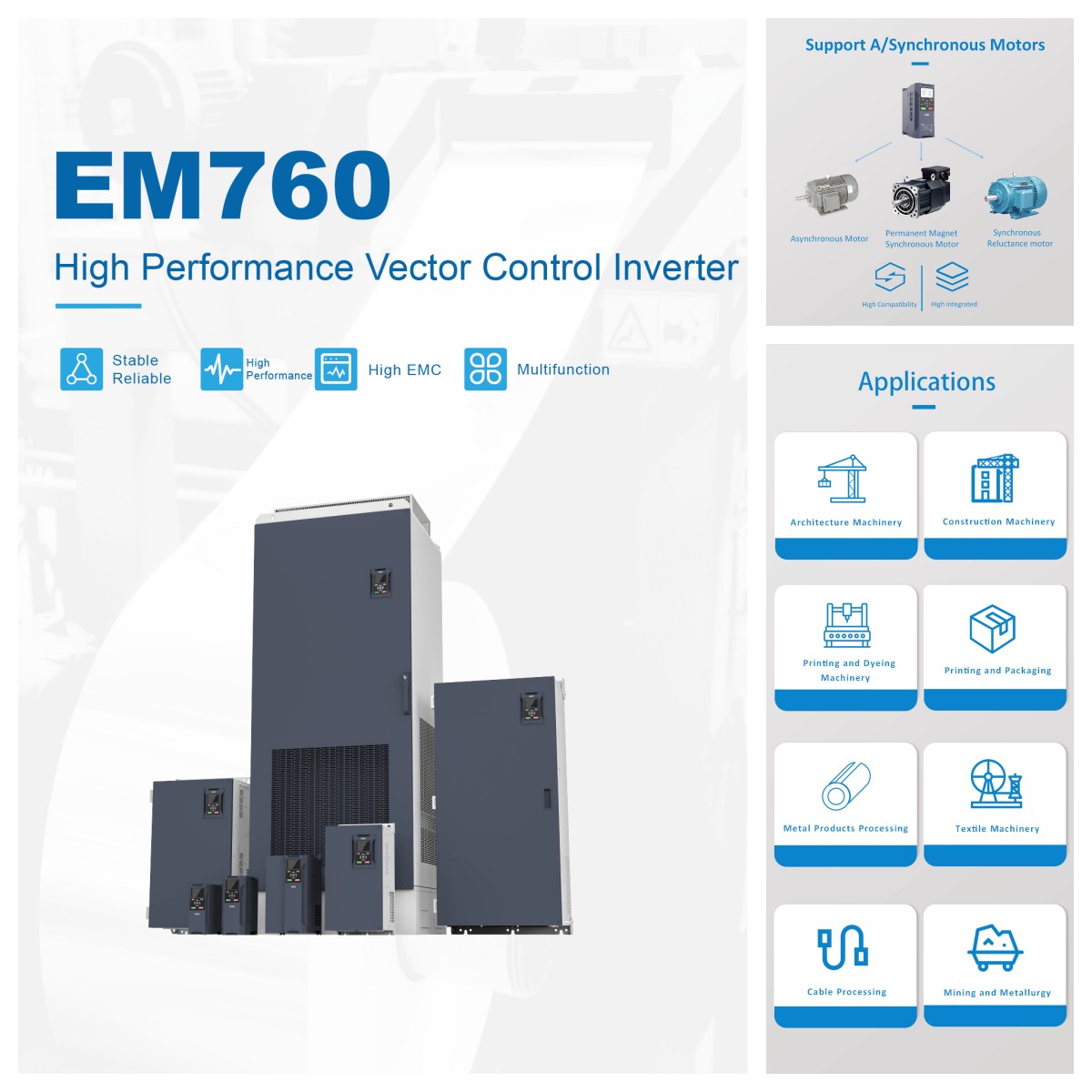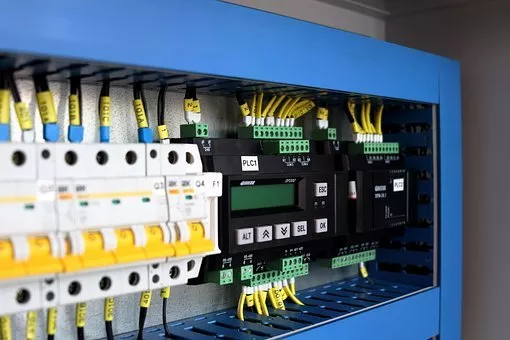Variable-frequency Drive (VFD) is a power control device that uses frequency conversion technology and microelectronics technology to control AC motors by changing the frequency of the motor’s working power supply.

The inverter is mainly composed of rectification, filtering, inversion, braking unit, drive unit, detection unit, microprocessor unit, etc. In actual application, the inverter is affected by the surrounding temperature, humidity, vibration, dust, corrosive gas and liquid, etc., and its performance varies greatly. If it is not maintained for a long time, the electronic components inside the inverter will age. Dust and humid air in the working environment will cause serious heating of the electronic components inside the inverter, resulting in failure or reducing the service life of the inverter. Therefore, in the daily maintenance process, it is particularly important to dissipate the heat of the inverter in time.

Causes and countermeasures for inverter heat dissipation:
1. Whether the sound changes abnormally during the operation of the equipment, including whether the motor generates vibration during operation.
2. Whether the temperature of the inverter installation environment is too high or too low. The operating temperature is generally required to be within the range of -10℃~+40℃, preferably around 25℃.
3. Whether the inverter cooling fan is operating normally, including whether the inverter heat dissipation channel is unobstructed and whether there is dust accumulation.
4. Whether the inverter is overheating. An infrared thermometer can be used to detect whether the inverter heat sink is overheated or whether there is any odor. Check whether there is a fault alarm display during the operation of the inverter.
5. Clean the filter of the air inlet duct inside the control cabinet regularly. Effectively remove the surface dust on the inverter to prevent dust from entering the inverter, especially metal dust, to prevent electrical conduction.
Biến tần số Lái xe (DẪN) là một thiết bị kiểm soát điện đó, sử dụng tần số chuyển đổi công nghệ và vi điện tử công nghệ để kiểm soát AC động bởi thay đổi tần số của các động cơcác làm việc cung cấp điện.

Các tần bao gồm chủ yếu là của cải, lọc đảo ngược, phanh đơn vị, ổ đĩa đơn vị, phát hiện đơn vị bộ vi xử lý đơn vị, etc. Trong ứng dụng thực tế, các tần bị ảnh hưởng bởi các xung quanh nhiệt độ ẩm, sự rung động, bụi, khí ăn mòn và chất lỏng, etc. và hiệu quả của nó rất khác nhau. Nếu nó không phải là duy trì cho một thời gian dài, điện tử, bên trong các tần sẽ tuổi. Bụi và không khí ẩm trong môi trường làm việc sẽ gây ra lò sưởi của điện tử, bên trong các tần, kết quả là thất bại hay làm giảm sự phục vụ của các tần. Do đó, trong ngày trình bảo trì, nó đặc biệt quan trọng để tiêu tan nhiệt của tần trong thời gian.

Nguyên nhân và biện pháp đối phó cho tần tản nhiệt:
1. Cho dù âm thanh thay đổi bất thường trong các hoạt động của các thiết bị, bao gồm cả việc vận động tạo ra rung động trong thời gian hoạt động.
2. Cho dù nhiệt độ của các tần môi trường cài đặt là quá cao, hoặc quá thấp. Các điều hành nhiệt độ nói chung là cần thiết để được trong phạm vi của -10 có thể~+40 độ c, tốt nhất là khoảng 25 độ.
3. Cho dù các tần quạt mát đang hoạt động bình thường, bao gồm cả việc tần tản nhiệt kênh được không bị cản trở và cho dù đó là bụi.
4. Cho dù các tần là quá nóng. Một hồng ngoại, nhiệt độ có thể được sử dụng để phát cho dù các tần tản nhiệt là quá nóng hay cho dù có bất kỳ mùi. Kiểm tra xem có một lỗi báo động hiển thị trong các hoạt động của tần.
5. Làm sạch các bộ lọc khí vào ống bên trong tủ điều khiển thường xuyên. Có hiệu quả bỏ bề mặt bụi trên tần để ngăn chặn bụi xâm nhập vào tần, đặc biệt là bụi kim, để ngăn chặn dẫn điện.

 English
English